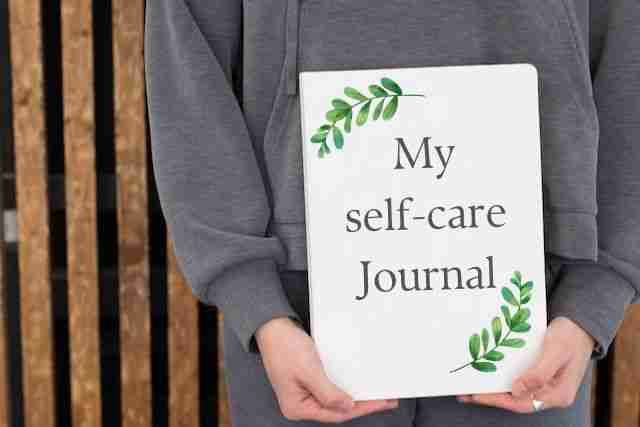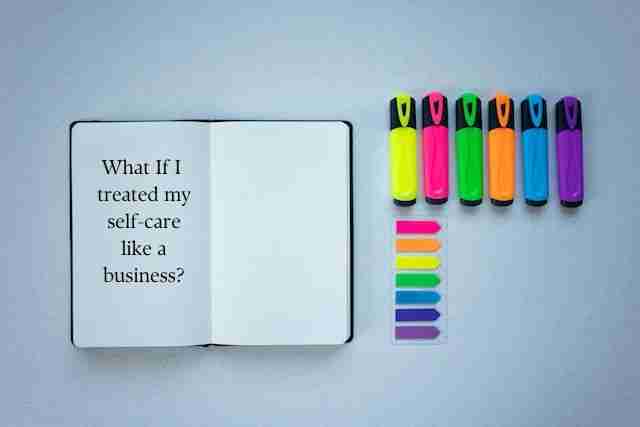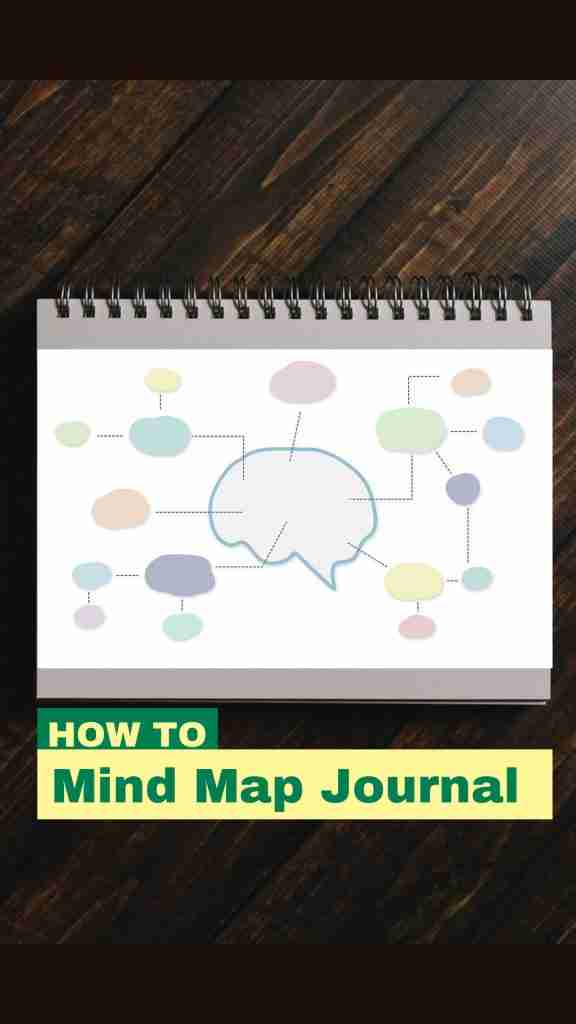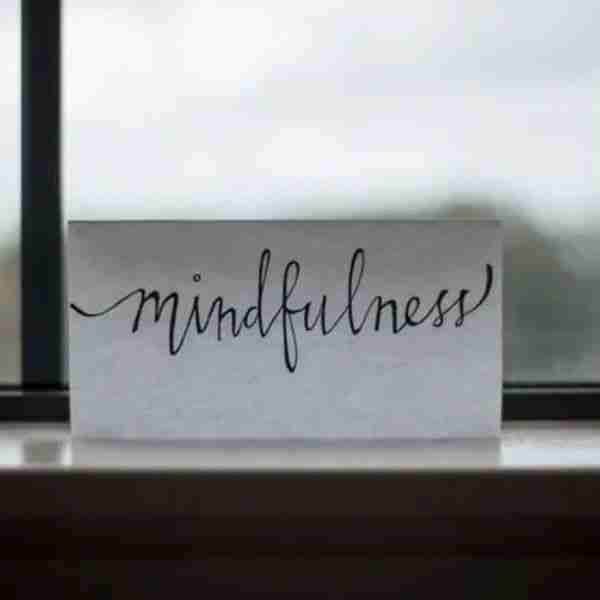
As an Amazon Associate I earn from qualifying purchases.
Journals are one of the most important self-care tools out there. If you’re looking for a way to keep track of your progress, reflect on your thoughts and feelings, and boost your mood, journaling is the way to go. You can use a journal to track how you feel and capture what inspires you.
Include artwork, a quote, or a poem that inspires you in your journal too.
How is journaling a form of self-care?
A journal allows you to set aside time to focus and document what is going on in your life. You become aware of and process your thoughts and feelings. Making it a priority to set aside some time to just think and be is key to self-care. It enlightens you about your habits, likes, dislikes, strengths, and weaknesses.
How can journaling help me?
Journaling is a great way to stay organized and learn to care for yourself to avoid burnout. It helps you develop a better understanding of your feelings and triggers, as well as the thoughts that go through your mind when you feel overwhelmed.
What should be in a self-care journal?
It should include anything that feels important and helpful in your self-care journey.
A journal is deeply personal. Popular items to include are:
1. Your story – Write what is happening in your everyday life. Or what you wish was happening. This can be the most important part of your journal. Write as much as you can, even if it doesn’t make sense at first.
2. Feelings – Write down what you are feeling and how you want to feel in the future. Write down the days you feel joy, anger, or just blah. This is a great way to see if there’s a pattern of improvement, decline, or a plateau with just an off or exceptional day here and there.
3. Thoughts – Write down the ideas and revelations that come into your mind. These personal insights are the internal philosophies and beliefs that guide your life and whether you feel successful, sad, or overwhelmed.
4. Health– Write down what stands out about your physical health. Are you feeling strong? Did you achieve any milestones or triumphs like biking a certain distance or lifting a certain weight? Conversely, have you experienced any physical symptoms? Try to link them to what is going on in your life such as connecting emotional overwhelm to sleep disruption and fatigue. Or finding if your periodic acne is related to your menstrual cycle.
5. Relationships – How do you feel about your relationships? Are they healthy, or is there a strain in them? Is it just you two, or are there others involved in your relationship?
6. Goals – what are your goals and dreams for the future? Write down everything you can think of.
Paper or electronic journal?
The journal format that you find easiest to consistently use is the best one for you. A journal is just as beneficial on paper as it is in an app.
Your journal is a log of your life, including major events, the things, and the people who are impacting you. The aim is to have the fullest and truest record of what happened in your life.
Journal supplies

There are many different types of journal supplies out there. So find the ones that work best for you. Some people prefer spiral-bound notebooks while others prefer electronic journals. There are even part electronic, part paper journal hybrids like the reMarkable paper tablet.
If you are using a paper journal the supplies you will need are a blank journal (or a notebook), pencils, and pens. Popular journal types include bullet journals, art journals, and leuchtturm notebooks.
They differ in their look and feel as well as how they are used. Bullet journals are generally smaller than standard journals. Art journals are larger. Leuchtturm notebooks come in several sizes with a pocket on the inside. They are less well-known and can be more expensive and hard to find.
Paper Journal supply list
- Blank journal or notebook of your choice
- Pens that write well and feel comfortable in your hand
- Pencils with the hardness, colors, and mediums (graphite, wax, etc.) needed for your writing or sketching
- Page Markers or separators to mark important pages
- Stickers (optional) to add visual interest to your pages without having to draw them yourself
- Other mixed media (optional) (washi tape, specialty paper, ruler, scissors) to add visual interest in an artistic way other than drawing.
Electronic Journal supply list

If you are using an electronic journal, the supplies you will need are:
- An electronic device (computer, tablet, or smartphone) of your choice
- Journaling app (Notes app, Word processing app, Day One app, etc.) of your choice to write things down electronically.
- Stylus (optional)
How to start your self-care journal practice
There are many different ways to take care of yourself, and the way you do it is up to you. The important thing is that you do something for yourself each week, even if it’s just a few minutes a day.
Step 1. Pick a journal format
Decide if you are going to use a paper journal, an electronic journal, or a hybrid of the two. Then purchase the supplies.
Choose your journaling style. One of the most important things to consider when journaling is how your mind works. There are two main styles of journaling: “stream-of-consciousness” and “mind-mapping.
Stream-of-consciousness writing is where you write down everything that comes to your mind, in as much detail as possible. Most diaries are in this style. The idea is that you’re not going to edit yourself, but just let the words flow out of you. I like this style of journaling the most when I have a particularly good or bad emotionally charged day and need to work through the feelings. It’s certainly a challenge to write without editing yourself!

Mind mapping is a very detailed method of outlining your thoughts on paper and then building them up into a visual map. It is a specific system of arranging information. Mind mapping was developed by Tony Buzan, so you can find more details about it on his website.

Step 2. Make a list
Make a list of the things you want to improve out of your self-care practice. Write down every detail of what you would like to make better. It can be a long list, but don’t worry! Once you have the list, you can translate that into what to include in your journal.
Write down a list of all the ways you hope to improve your health, happiness, and well-being. Then start by writing down a few things you want to do to make that happen. Based on those goals and specific actions, you can decide on the right self-care journal sections for you
Step 3. Establish how much time you can commit
Decide how much time you want to dedicate to journaling. I recommend starting with a daily time commitment and scaling it to fewer days if necessary. Your journal is an amazing record of your thoughts, feelings, and experiences. When I look through my old diaries and journals, every day that was documented is a gift. I feel a bit sad about the skipped days in the journal. Who knows what beautiful experience or special thought is now lost to the oceans of time?
Finding at least 5 minutes a day to journal
5 minutes may seem like a short amount of time. But even that is a great start to improving your health, happiness, and well-being. It also goes to show that any schedule, no matter how packed, can find time for journaling.
Step 4. Set a start date
Decide when you’ll start your self-care practice. Write down a date on which you’ll begin your self-care journaling practice.
Step 5. Start journaling
How to get ready to journal
Create a space for yourself. You need to find a place that is quiet, private, and relaxing in order to get into the rhythm of journaling. This means silencing the phone and blocking out the world so you can focus.
Clear the mind and Focus on feelings
When journaling, it is important to focus on your feelings and emotions. This will help you become more emotionally aware and will make it easier for you to work through some of the issues that are troubling you.
Acknowledge Your Emotions
While it is important to record your thoughts, feelings, and experiences in your journal. Allow yourself to feel them as well. Rather than ignore them or pretend that they do not exist, let them wash over you and use your journal as an outlet to describe them.
Step 6. Take action
In addition to recording your feelings, pick a few habits you want to track each week (or month). Choose things you think will be easy to do or that you know you’ll enjoy. Decide how often you’ll do them. For example, if you choose to exercise three times a week, that means specifying the days such as Tuesday, Wednesday, and Friday.
For the win, set up a recurring appointment for each of the days in your calendar. You are now on your way to building a lifelong habit that you will actually enjoy.
Step 7. Track your progress
At a minimum, track what you did and how it went in your journal. It’s even better if you also quantitatively track some specifics (e.g., amount of time, # of reps, level achieved, etc.) and any feelings or thoughts you had about it. Having this information will help you to adjust your habits and even identify when you should move on to a new habit.
Previous: Give Yourself A Self-Care Makeover | Next: Self-Care for Men



Leave a Reply